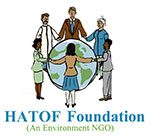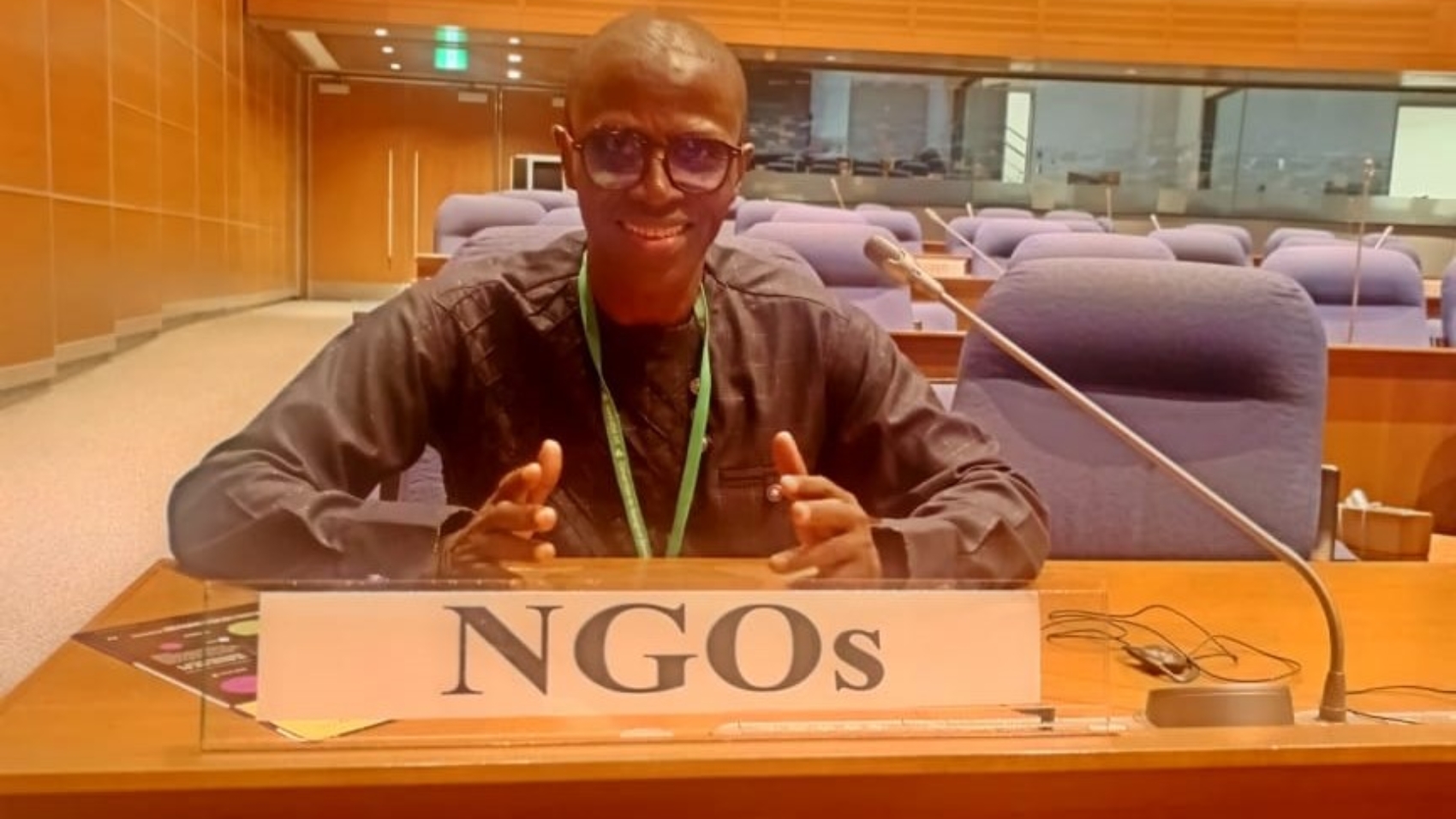Rome, 28 February 2025 – Dr. Samuel Dotse, the Chief Executive Officer of the HATOF Foundation, has welcomed the historic launch of the Cali Fund, a financial mechanism designed to ensure fair and equitable benefit-sharing from digital sequence information (DSI) on genetic resources.
This groundbreaking move took place on the sidelines of the resumed session of the 16th UN Biodiversity Conference in Rome, setting the stage for a more sustainable and cooperative approach to biodiversity protection.
The Cali Fund is set to receive contributions from private sector entities that use DSI for commercial purposes, representing a transformative shift in how biodiversity is financed. A key feature of the Fund is its commitment to direct at least 50% of its resources to Indigenous and local communities who are important stewards of the world’s biodiversity.
Dr. Samuel Dotse expressed his excitement at the launch, emphasizing the importance of compensating local communities for their ongoing contributions to biodiversity protection: “I am particularly excited about the Cali Fund seeing the light of day at this resumed session. Compensating local communities for their contribution to biodiversity protection is long overdue. With the launch of this Fund, our local communities, which are at the forefront of biodiversity protection, will receive support for their conservation efforts.”
The commitment to channel resources from the Cali Fund to local communities is a significant development in the evolving approach to biodiversity conservation. By securing funds from the private sector, the Fund represents a new frontier of biodiversity finance, ensuring that those closely connected to nature and land receive support for their invaluable role in safeguarding biodiversity for global benefit.
HATOF Foundation reaffirms its commitment to empowering local communities and advancing a more sustainable and suitable future for biodiversity protection.

